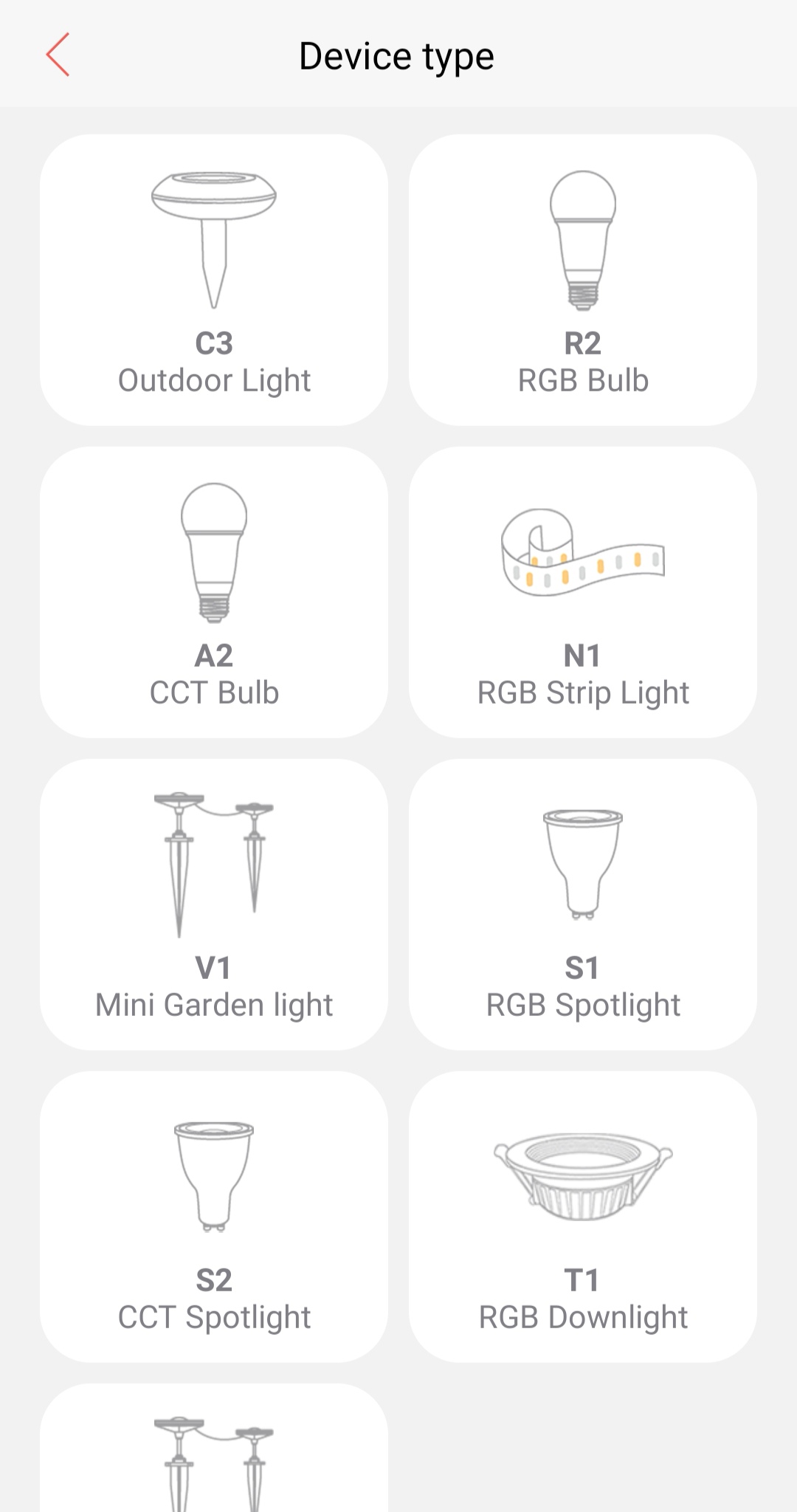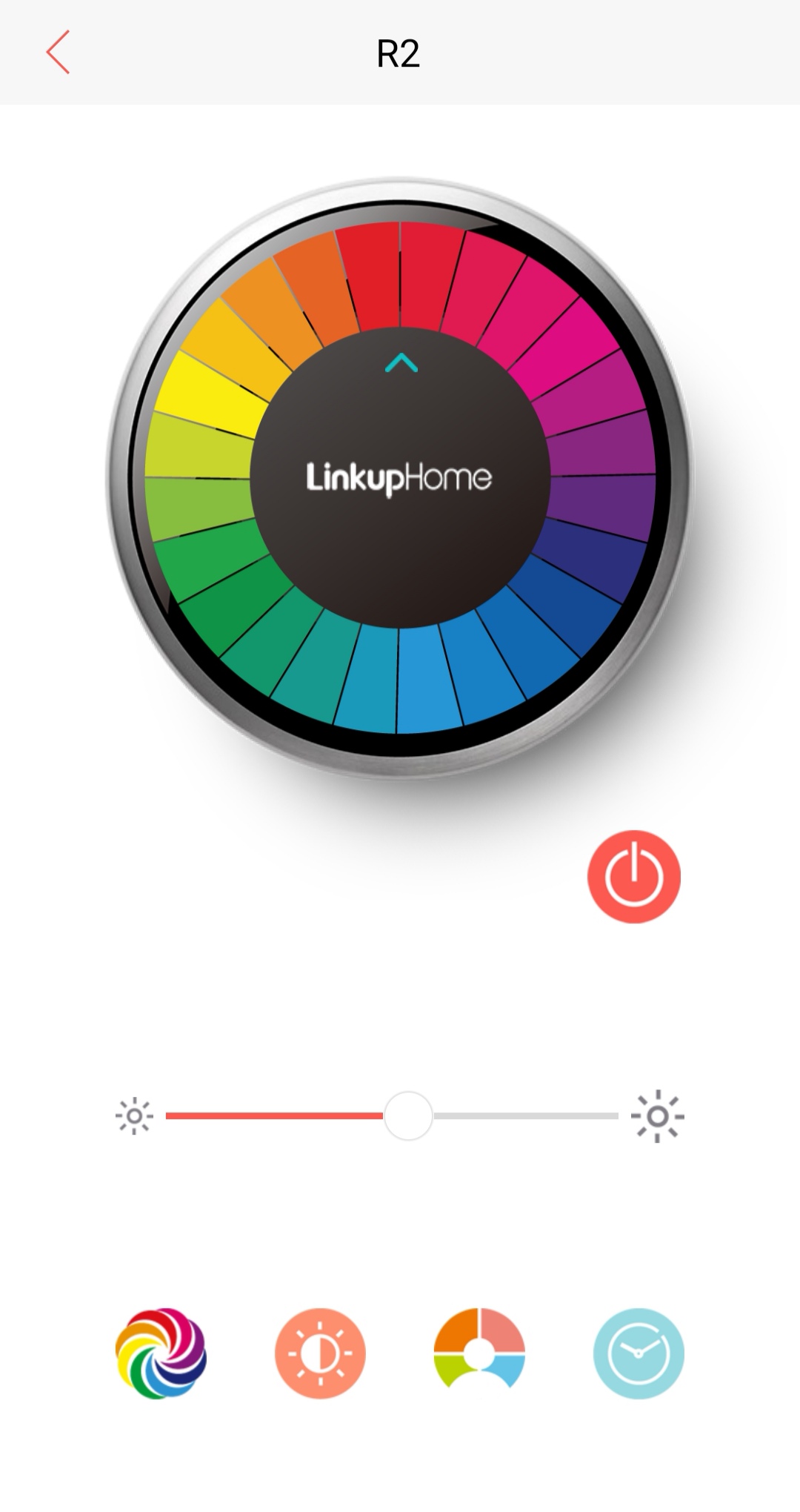I. Overview Traditional thermal conductive materials are mostly metals and metal oxides, as well as other non-metallic materials, such as graphite, carbon black, A1N, SiC, etc. With the development of science and technology and production, many products have put forward higher requirements for thermal conductive materials, hoping that they have better overall performance, light weight, strong chemical resistance, excellent electrical insulation, impact resistance, easy processing and molding, etc. . Thermally conductive and insulating polymer composites are more and more widely used because of their excellent comprehensive properties. However, most of the polymer materials are poor conductors of heat, which limits its application in thermal conductivity. Therefore, the development of new polymer materials with good thermal conductivity has become an important development direction of thermal conductive materials. Especially in recent years, with the rapid development of high-power electronic and electrical products, more and more problems will inevitably occur due to product heat generation, resulting in reduced product efficiency and shortened service life. According to some data, the reliability of electronic components decreases by 10% every time the temperature of electronic components rises by 2 ° C; the service life at 50 ° C is only 1/6 of that at 25 ° C. There are two main types of thermally conductive fillers: one is thermally conductive insulating fillers, such as metal oxide fillers and metal nitride fillers. The other is thermally conductive non-insulating fillers, such as carbon-based fillers and various metal fillers. The former is mainly used for electronic component packaging materials and other places that have high requirements for electrical insulation performance, while the latter is mainly used for chemical equipment heat exchangers and other occasions that have low electrical insulation performance requirements. The type of filler, particle size and distribution, the amount of filler and the interface properties between the filler and the matrix all have an impact on the thermal conductivity of the composite. The matrix polymers used in thermally conductive plastics are: PA (nylon), FEP (perfluoropolypropylene), PPS, PP, PI epoxy resin, POM, PS and PS and PE composite materials. The research status of polymer-based thermally conductive composites at home and abroad: polymer-based thermally conductive composites add thermally conductive fillers to improve the thermal conductivity of polymer materials. Generally, it is based on high molecular polymers (such as polyolefin, epoxy resin, polyimide, polytetrafluoroethylene, etc.), metal oxides with better thermal conductivity such as A1203, MgO, metals with good thermal conductivity and insulation properties Nitrides AIN, BN, and high thermal conductivity metal materials such as Cu, AI, etc. are thermally conductive fillers, which are compounded in a two-phase or multi-phase system. At present, companies in Europe, Japan and the United States have reported that mature products are being promoted. For example: Royal Dutch DSM Engineering Plastics launched the first new polymer since the 21st century: Stanyl? TC series thermally conductive plastics can be used for LEDs; becoming the leading global supplier of plastic heat management solutions for LED lighting applications American Advanced Ceramics and EPIC have developed BN / polybutene (PB) composite engineering plastics with a thermal conductivity of 20.35W / (m? K), which can be prepared by common processes such as compression molding, and can be mainly used for electronic packaging, Integrated circuit boards, electronic control components, computer housings, etc. In China, aluminum nitride epoxy resin (EP) thermally conductive composite materials were prepared by molding. The effects of AIN content, particle size, silane coupling agent and processing technology on the thermal conductivity of the system. The research shows that with the increase of A1N content and particle size, the thermal conductivity of the system continues to improve; the addition of coupling agent enhances the interface bonding properties of AIN and epoxy resin, and reduces the thermal resistance between the interfaces, which is beneficial to Improve the thermal conductivity of the system. When the particle size of AIN is 5.3 microns and the content is 67v01%, the thermal conductivity of AIN / EP thermal conductive composite material is 14W / (m? K).
Smart RGBW bulbs add RGB colorful light based on the traditional warm light, they are suitable for home, bars and offices. No need to install the cable lines again, once the bulb is installed on the lamp holder, just turn on the switch, the traditional lighting can be immediately upgraded to smart RGBW lighting, you can enjoy the convenience and interest brought by smart lighting.
Users can choose the light mode according to time, scene, mood, and also can adjust the brightness, color temperature and color of the light. With the grouping function on the App, each group can control up to 48 products, users can set 7-8 groups on one App, total around 350 products can be controlled via one App. You can set the light turn on / off time by the timing function. Using energy-saving and high-quality LED lamp beads, the light source is stable without stroboscopic, the effective life can be more than 20000 hours. Our LED products can meet global quality standards and pass European testing by TUV Rheinland. Bulbs have certifications such as EMC, RED, LVD, ROHS, REACH, ERP and FCC.
The App are developed on the most advanced Bluetooth Mesh technology. [LinkupHome" App can be downloaded in the App store or Google Player, then you can control our product without any complicate steps. The App is stable, easy control and multifunctional.
The advantages of Bluetooth Mesh are fast connect, low power consumption, no password required and Ad-Hoc Network. No need WIFI and hubs, as long as you have a Bluetooth-enabled smart phone, you can experience the smart light. When you install several smart bulbs, the self-organizing network function can make the signals free connect, break the limitation of distance.
Product Parameters
Description: Bluetooth Mesh RGB Bulb with APP
Phone Controlled Light Switch,Phone Control Bulb,Smart Wireless Light,Group Control Bulb Ningbo Homey Photoelectric Technology. Co., Ltd , https://www.linkuphome.com


Bluetooth: CSR Bluetooth Mesh
Control Qty: 1-48 pcs
Control distance: 20m
Product dimension: Dia66mm * H122mm
Material: PC & Aluminum & Nylon
Working Voltage: 100-240V
Frequency: 50/60Hz
Color Temperature: RGB+Warm White (3000K)
LED Power: 9.5W (710lm)
Base Type: E27/E26/B22 available
Warranty: 2 Years
Certification: CE(EMC,RED), ROHS,FCC
Color box size: 15.3*7.4*7.4cm
G.W. of Unit: 0.22kg
N.W. of Unit: 0.18kg